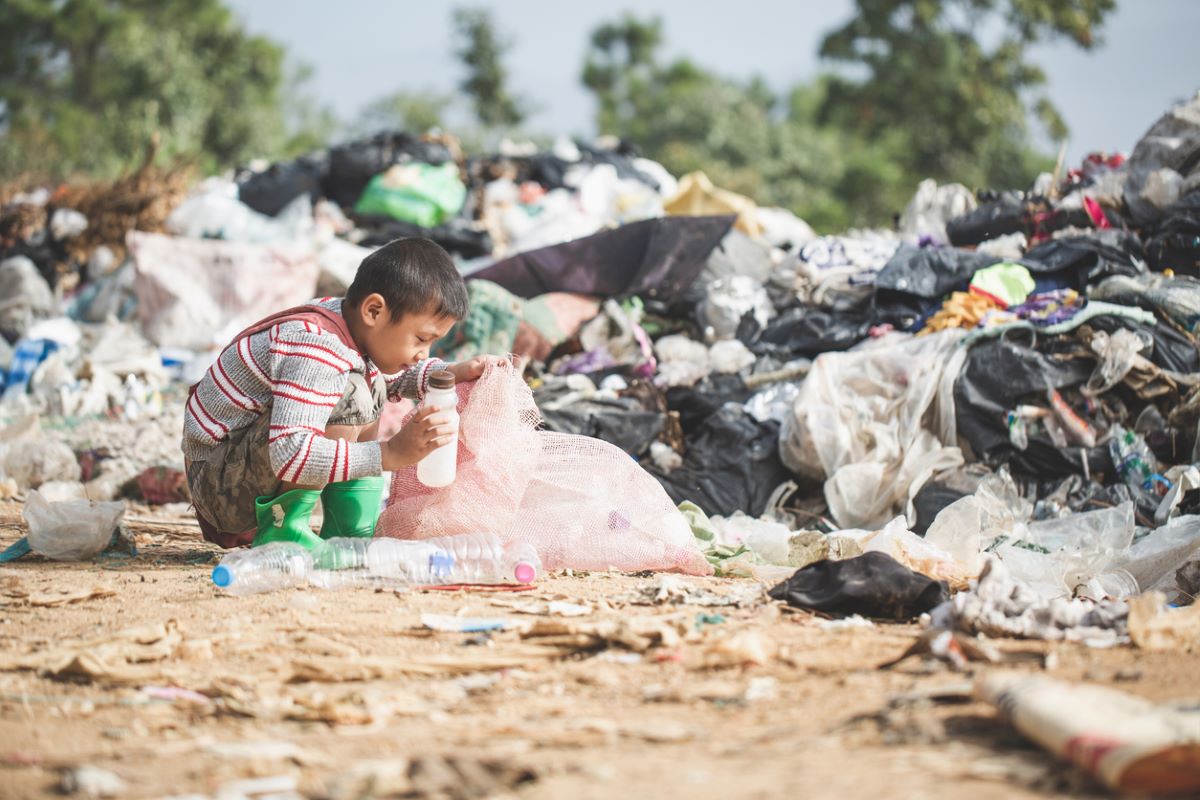Nature’s sting operation: Yellow fever unmasked
Yellow fever is a menacing disease which has caused the death of enormous numbers of people in the past.
While India will experience a short-term spike in poverty due to Covid-19, it is projected to resume a strong downward path. By 2030, India is likely to essentially eliminate extreme poverty, with less than five million people living below the $1.90 line.

representational image (iStock photo)
A comprehensive working paper on the evolution of global poverty from 1990 by the Brookings Institute released earlier this week has asserted that the past three decades have seen dramatic reductions in global poverty, spurred by strong growth in developing countries, especially in Asia.
By 2015, 729 million people, or 10 per cent of the population, lived under the $1.90 a day poverty line, substantially exceeding the Millennium Development Goal target of halving poverty. From 2012 to 2013, at the peak of global poverty reduction, the global poverty headcount fell by 130 million people. This success story was dominated by China and India.
Advertisement
The authors of the working paper, Homi Kharas and Meagan Dooley, point out that in December 2020, China declared it had eliminated extreme poverty completely while India represents a more recent success story. Strong economic growth drove poverty numbers down to 77 million, or six per cent of the population in 2019.
Advertisement
While India will experience a short-term spike in poverty due to Covid-19, it is projected to resume a strong downward path. By 2030, India is likely to essentially eliminate extreme poverty, with less than five million people living below the $1.90 line. In fact, by 2030, the only Asian countries that are unlikely to meet the goal of ending extreme poverty are Afghanistan, Papua New Guinea, and North Korea. That’s the good news.
In other parts of the world, however, poverty reduction efforts have produced disappointing results. In South America, poverty fell rapidly at the turn of the millennium but has been rising since 2015 with no substantial reductions forecast by 2030. In Africa, poverty rates have spiked due to a population explosion coupled with stagnant economic growth. Exacerbated by a pandemic-induced rise in poverty of 11 per cent, poverty across the African continent shows no signs of a decline till 2030.
In 1990, poverty was concentrated in low-income Asian countries; today, extreme economic distress is found mainly in sub-Saharan Africa and fragile, conflict-affected states. By 2030, sub-Saharan African countries will account for nine of the top 10 countries. Sixty per cent of the global poor will live in conflict-affected states. Many of the top poverty destinations in the next decade will fall into these categories: Nigeria, Democratic Republic of the Congo, Mozambique, and Somalia.
Consequently, global efforts to achieve the SDGs by 2030, including eliminating extreme poverty, will be complicated by the concentration of poverty in these fragile geographies. Indeed, one of the major findings of the working paper is that by 2030, poverty will be associated not just with countries, but with specific places within countries. Poverty numbers and trends have traditionally been reported on a country-by-country basis. But in the contemporary world, low-income countries have significant corridors of prosperity while middle-income countries can have large pockets of poverty.
Indeed, middle-income countries will be home to almost half of the global poor by 2030, a dramatic shift from just 40 years earlier. Such a grotesque obscenity is unacceptable. Civil strife within these countries between the haves and have-nots is a clear and present danger.
Advertisement